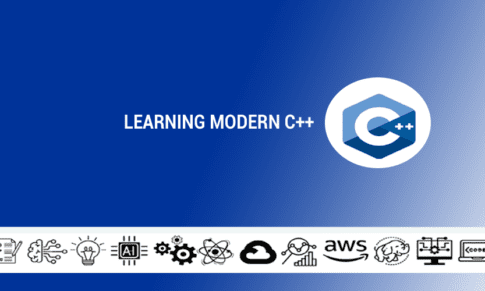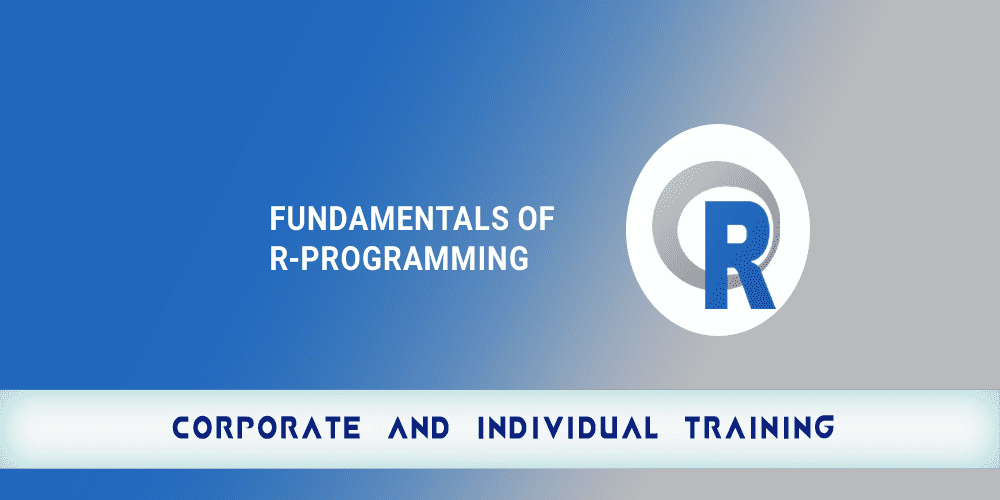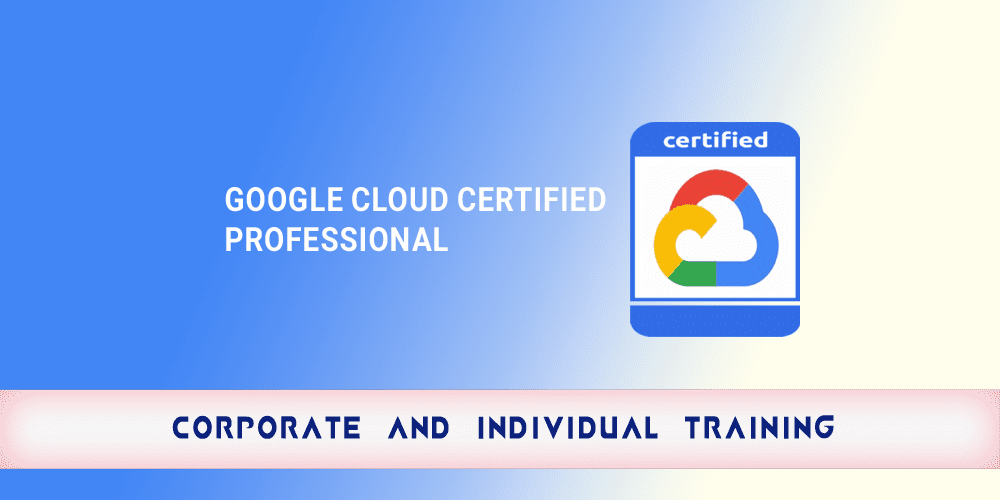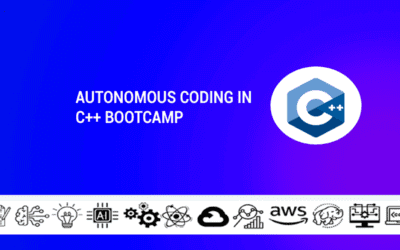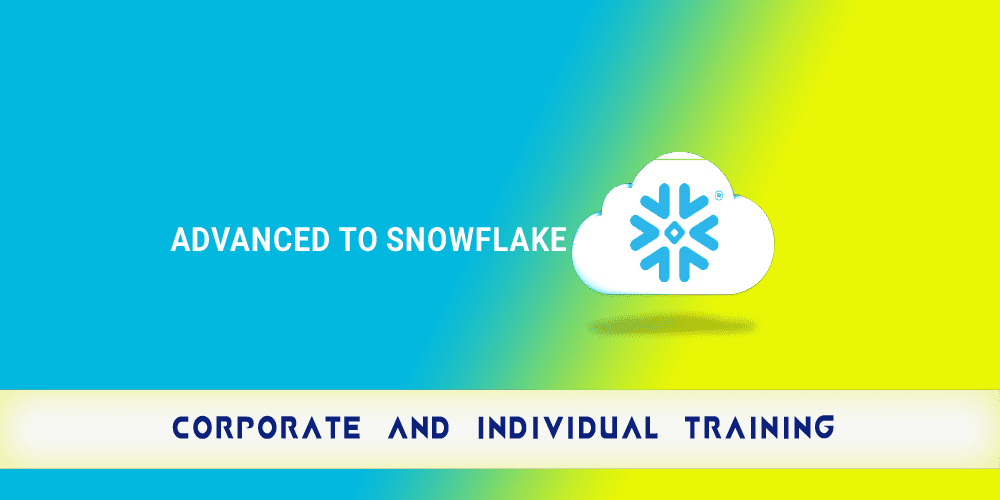Distributed Architecture Design using No-SQL Databases
- Created By raju2006
- Last Updated February 16th, 2025
- Overview
- Prerequisites
- Audience
- Curriculum
Description:
Discover Distributed Architecture Design with No-SQL Databases in this dynamic course. Gain insights into the evolution of data storage systems and the explosion of data. Learn to match real-world usage with No-SQL database types.
Long Description:
In this Introduction to No-SQL Databases, delve into the core of distributed architecture and the diverse range of non-relational databases. Demystify the contrast between relational and non-relational databases and expand your knowledge of Document Stores, Graph Databases, Column-Oriented Databases, and Key-Value databases. Complete hands-on labs to understand the best use of various data stores. Master the art of distributed architecture design with No-SQL databases.
Course Code/Duration:
BDT57 / 3 Days
Learning Objectives:
After this course, you will be able to:
- Understand the history and evolution of Data Storage systems
- Understand distributed architecture benefits
- Discuss how to identify which kinds of technique to be applied for specific use case
- Hadoop and HDFS
- Compare SQL and No-SQL Databases
- Why No-SQL Databases emerged?
- Understand No-SQL Databases types
- Understand Cloud-Based Data Storage options
- Identify usage patterns for various No-SQL Databases types
- Perform hands-on labs for various No-SQL Databases types
- Basic knowledge of programming preferably Python, Java or Scala
- Basic understanding of Databases
- This course is designed for Software Architects, Developers, Data Engineer, Analyst, Database Administrators, and DevOps teams.
Course Outline:
Course Introduction
Need of Elasticity
- Horizontal versus Vertical scalability
- Parallel Execution
- Fault tolerance
- Economic impact
Cluster and Cloud option
- Cluster
- Cloud options
- AWS, GCP, and Microsoft Azure
Non-relational databases
Evolution of Data Storage
- History of data stores
- OLTP versus OLAP
- Data warehousing concepts
- Data growth and usage patterns
- 5Vs of Big Data
- Hadoop and HDFS
Relational versus non-relational databases
- CAP Theorem
- Comparison of Relational and Non-relational databases
- No-SQL Databases
- No-SQL Databases types
- Document Stores
- Graph Database
- Column-Oriented Database
- Key-value
- Search
Document Stores
- Overview
- Pros and Cons
- Usage patterns
- Examples – MongoDb
- Hands-on Labs
Graph Database
- Overview
- Pros and Cons
- Usage patterns
- Examples – Neo4J
- Hands-on Labs
Key-value Data store
- Overview
- Pros and Cons
- Usage patterns
- Examples – Redis, Dynamo
- Hands-on Labs
Column-Oriented Database
- Overview
- Pros and Cons
- Usage patterns
- Examples – Hbase
- Hands-on Labs
Search
- Overview
- Pros and Cons
- Usage patterns
- Examples – Solr, ELK Stack
- Hands-on Labs
Cloud Data store
- Overview
- Pros and Cons
- Usage patterns
- Examples – S3, AWS Dynamo, Google Cloud SQL, Azure Cosmos Db, Snowflake
- Hands-on Labs
- References and Next steps
Structured Activity/Exercises/Case Studies:
- No-SQL Databases Hands-on
Training material provided:
Yes (Digital format)
